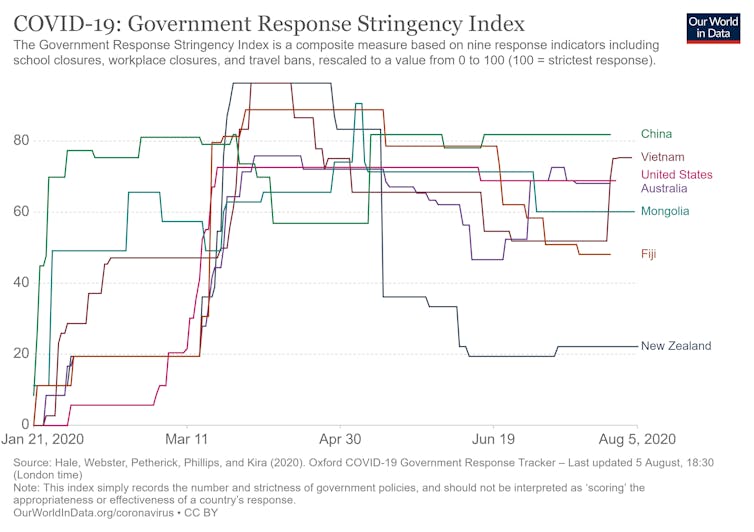Welcome to the Coatesville Dems Blog
Public Corruption in Chester County, PA
I believe an unlikely mix of alleged drug trafficking related politicos and alleged white nationalist related politicos united to elect the infamous “Bloc of Four” in the abysmal voter turnout election of 2005. During their four year term the drug business was good again and white nationalists used Coatesville as an example on white supremacist websites like “Stormfront”. Strong community organization and support from law enforcement, in particular Chester County District Attorney Joseph W. Carroll has begun to turn our community around. The Chester County drug trafficking that I believe centers on Coatesville continues and I believe we still have public officials in place that profit from the drug sales. But the people here are amazing and continue to work against the odds to make Coatesville a good place to live.

No comments:
Post a Comment
You can add your voice to this blog by posting a comment.